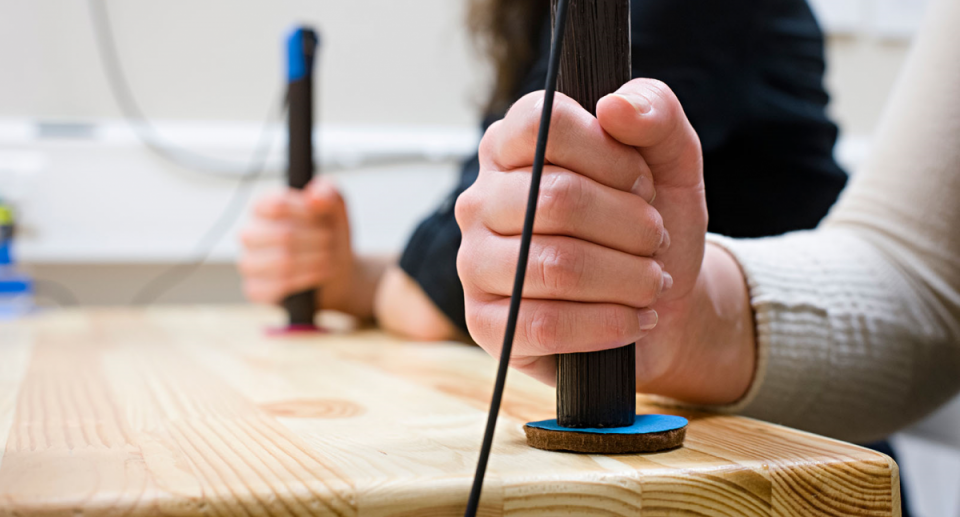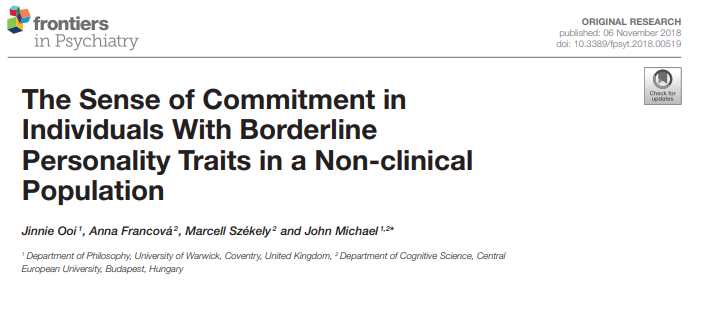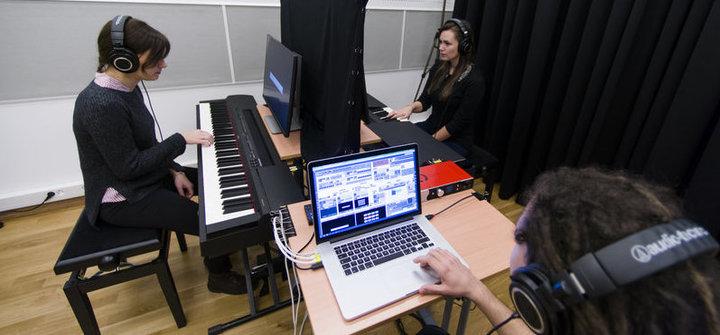Adaptation to unstable coordination patterns in individual and joint actions

Previous research on interlimb coordination has shown that some coordination patterns are more stable than others, and function as attractors in the space of possible phase relations between different rhythmic movements. The canonical coordination patterns, i.e. the two most stable phase relations, are in-phase (0 degree) and anti-phase (180 degrees). Yet, musicians are able to perform other coordination patterns in intrapersonal as well as in interpersonal coordination with remarkable precision. This raises the question of how music experts manage to produce these unstable patterns of movement coordination.
Effects of a partner's task on memory for content and source

Our new paper shows that a task-partner can facilitate retrieval of information and this reflects humans' tendency to map out their partners' knowledge states and to prioritize information relevant to their partner.
The engaging nature of interactive gestures

The social interactions that we experience from early infancy often involve actions that are not strictly instrumental but engage the recipient by eliciting a (complementary) response. Interactive gestures may have privileged access to our perceptual and motor systems either because of their intrinsically engaging nature or as a result of extensive social learning. We compared these two hypotheses in a series of behavioral experiments by presenting individuals with interactive gestures that call for motor responses to complement the interaction and with communicative gestures that are equally socially relevant and salient, but do not strictly require a response from the recipient.
Chimpanzee Coordination and Potential Communication in a Two-touchscreen Turn-taking Game

Our results suggest that in some contexts chimpanzees can exhibit communicative behaviors to sustain coordination in joint action.
Collective benefit in joint perceptual judgments: Partial roles of shared environments, meta-cognition, and feedback

Our study shows that people can combine their observations to make better decisions without verbally communicating their confidence to each other.
Combining phase Advancement and period Correction explains Rushing during Joint Rhythmic Activities

When people engage in rhythmic joint actions, from simple clapping games to elaborate joint music making, they tend to increase their tempo without being aware of it consciously.
Reciprocal information flow and role distribution support joint action coordination

Our new study shows that in a complex task interacting with each other can lead to successful joint performance both with and without role distribution.
Co-actors represent the order of each other’s actions

The present findings extend previous research on co-representation, providing evidence that people represent not only the elements of another’s task, but also their temporal structure.
The Sense of Commitment in Individuals With Borderline Personality Traits in a Non-clinical Population

High levels of borderline personality disorder traits may give rise to a difficulty in adapting one's social expectations and behavior in light of interpersonal commitments.
Joint action coordination in expert-novice pairs: Can experts predictnovices’suboptimal timing?

How do joint action partners with different skill levels achieve coordination? Can experts predict the suboptimal timing of novices? What kind of information allows them to predict novices’ timing?
- ‹ previous
- 2 of 3
- next ›